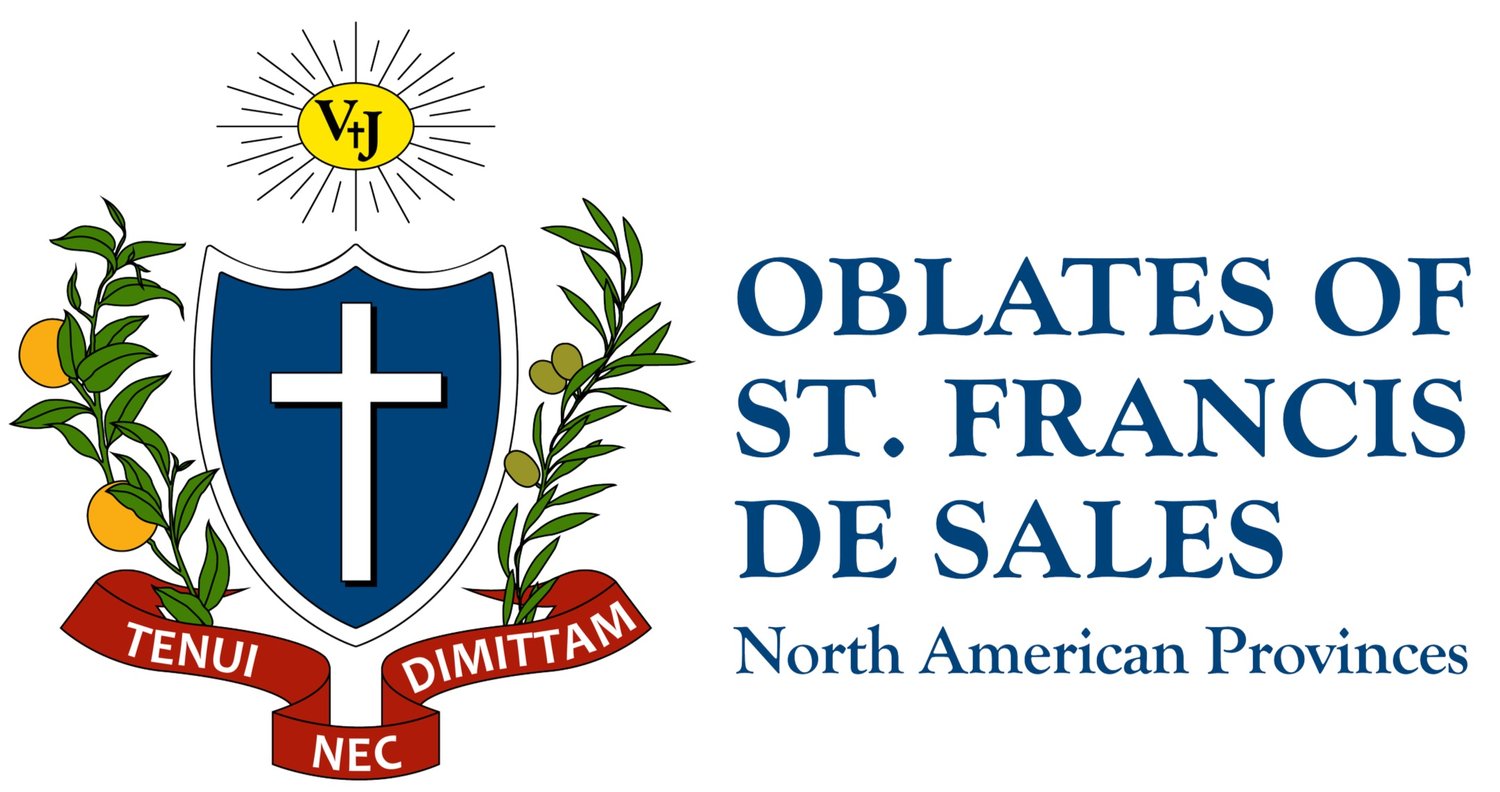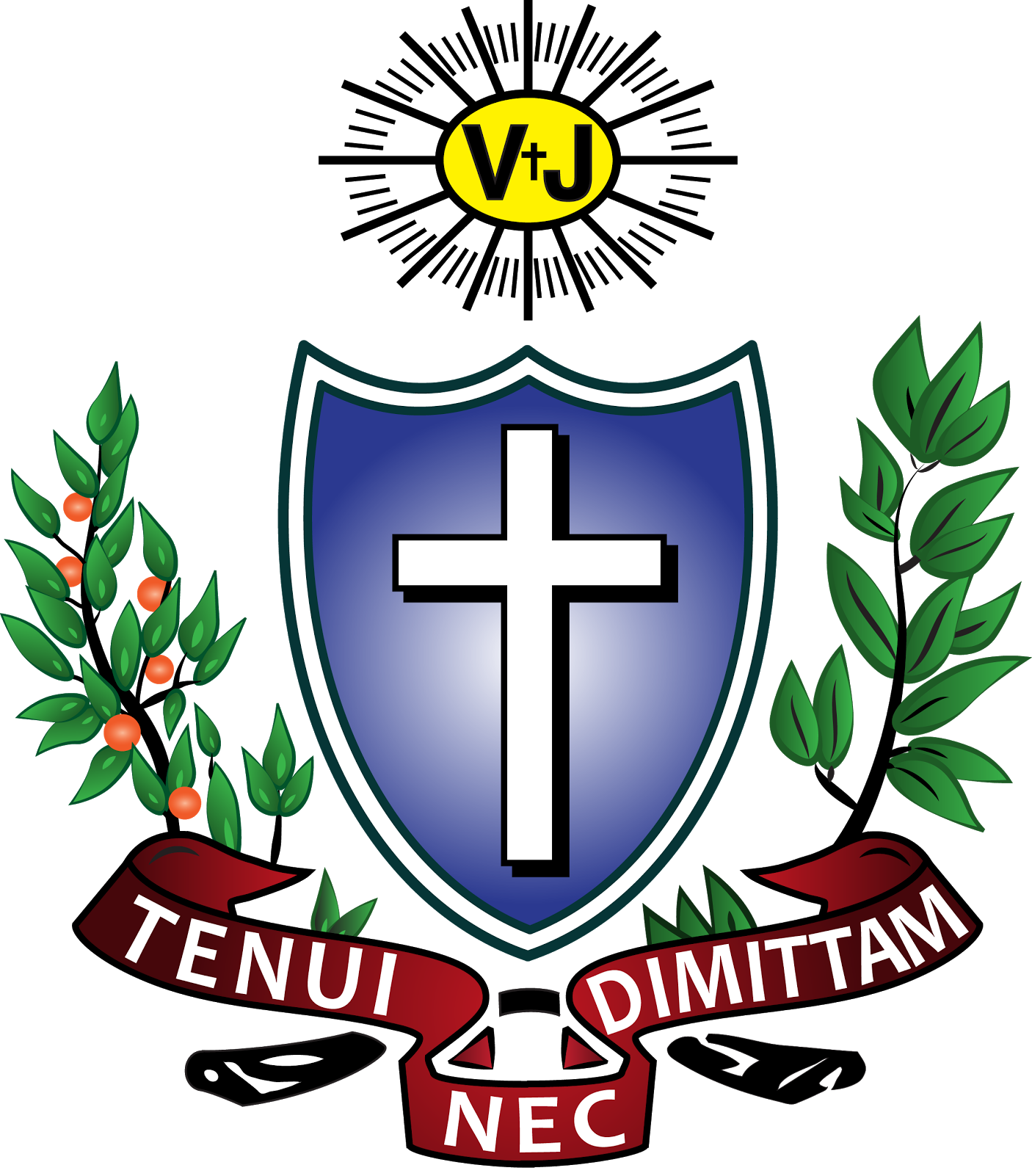Watching, Walking, & Praying on Holy Thursday
A cherished tradition on Holy Thursday evening is visiting other Churches after the Mass of the Lord’s Supper to pray and reflect on this sacred time from the Last Supper to Good Friday. After the celebration, the Mass does not end as usual. Instead, the celebrant, ministers, and worshipers process with the Blessed Sacrament to a special repository located outside of the sanctuary. There, they are encouraged to keep vigil in prayer before the presence of Christ in the Eucharist. This became a very visible way for Christians to follow the request Jesus made to his disciples in the Garden of Gethsemane when he asked them to “remain here and keep watch with me (Matthew 26:38).”
Holy Thursday Procession at Holy Family Parish, Adrian, MI, led by Fr. Michael Newman, OSFS, pastor.
While the tradition of staying with the Blessed Sacrament after the Mass of the Lord’s Supper goes back centuries, the practice of visiting other churches can be traced to 16th-century Rome. This custom was a natural outgrowth of the work of St. Philip Neri, who emphasized the call to personal prayer and holiness. During this time, the faithful were encouraged to visit seven churches. In Christian tradition, the number seven is associated with perfection and completion, based on the biblical account of God resting on the seventh day after creation.
Before the Holy Week reforms of the 1950s, the Mass on Holy Thursday was celebrated in the morning. Because the procession usually took place on a beautiful spring afternoon, the pilgrimage from church to church became very popular. As Italian missionaries and immigrants settled all over the world, they brought this prayerful and powerful practice with them.
It was especially prominent in the cities of Europe and America, where many churches were built close to each other, and people walked to worship. The devotion tapped into the deep need for people to express their faith and share it with others. In some towns, the Holy Thursday procession could seem like a sea of people. The walking and worship echoed the crowds that welcomed Christ into Jerusalem on the first Palm Sunday and the people who followed Jesus as he carried the cross to Calvary on Good Friday.
When I was growing up in Philadelphia, I lived in a neighborhood that had six Catholic churches within a mile. These beautiful houses of worship had been built to serve the European immigrants who brought to the “new world” their faith, culture, and traditions. The Port Richmond neighborhood had five beautiful churches that ministered to Irish, German, Polish, Lithuanian, and Italian Catholics.
On Holy Thursday in the 1950s, 60s, and 70s, one would see dozens of people walking up and down the avenue going from church to church to spend time with the Lord. Some people would be praying the rosary, others would be singing, and most would remain in silent prayer. Some years, you could see a school bus arrive bringing parishioners from another part of town. This was a great way for Catholics to visit at least five or six churches in one trip.
As the church moved into the suburbs, and many of the old parishes closed, the opportunity to journey from church to church became less common. Driving from church to church did not have the same sense of pilgrimage, and the timing of the visits did not always align with the schedule of each parish.
In recent years, many people have discovered or reclaimed the tradition. If they could not follow the exact pattern of visiting seven churches, they adapted the idea and tried to visit at least one other nearby parish. This provides some continuity with the older practice and helps people pray and recognize the presence of Christ in other communities.
On Easter Sunday, Fifth Avenue and other busy streets around the country are filled with parade-goers and observers. While this is a beautiful tradition, I will stick with the prayerful processions of Holy Thursday. Walking, watching, and praying with fellow pilgrims is an opportunity to spend time with the Eucharistic Lord and with His Mystical Body as we begin the Sacred Triduum.
Fr. Jack Kolodziej, OSFS
Provincial
Wilmington-Philadelphia Province







